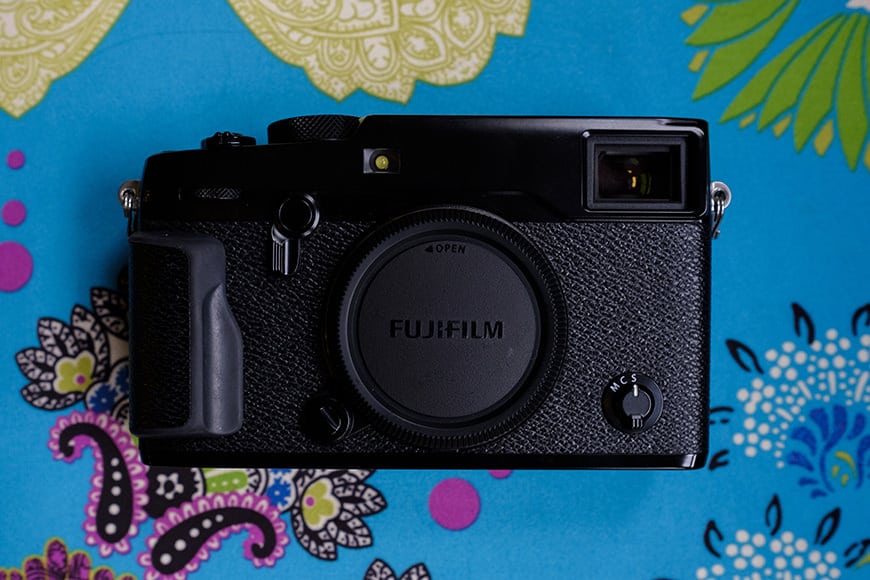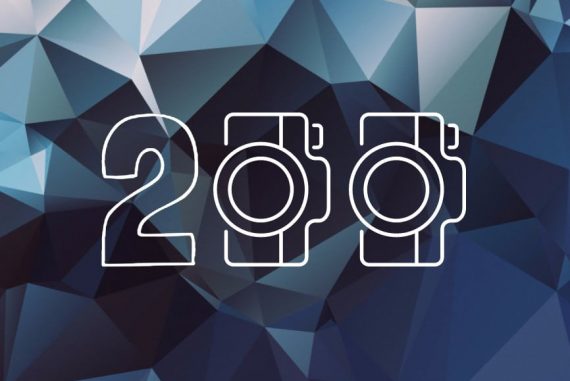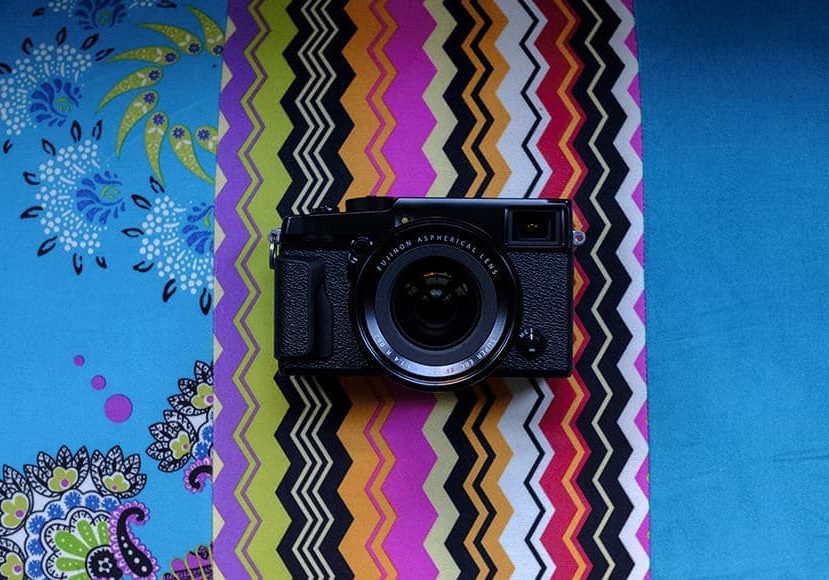
Fuji X-Pro 2 Compact System Camera Review
Is the Fuji X-Pro 2 the perfect camera for wedding photography & street photography? Read this detailed Fuji X-Pro 2 review on Shotkit to find out.
The Fuji X-Pro 2 recently burst onto the scene, hailed by some as a game-changer if not the best street photography camera of the year.
As wedding and street photographers ourselves we have been considering our next move in the camera market for quite some time and, from a pre-release read of the camera’s specs, the Fuji X-Pro2 swiftly grabbed our attention.
On the face of it the camera had everything we were looking for, certainly in a street photography camera and perhaps for weddings too. And so, before flying out for our long-arranged street trip to Cuba in March, we scoured the inter-webs and (after much searching amongst some seriously high demand) managed to purchase ourselves two brand new Fuji X-Pro2’s to take with us on our travels.
After publishing the images we took on our trip, along with a few samples from trying them out at weddings, we received a lot of messages asking about our thoughts on the camera and whether this was indeed the perfect Fujifilm street and wedding camera so we thought we’d write a little review on the Fuji X-Pro 2 to put together our thoughts on using latest flagship.
Fujifilm X-Pro2 Review Summary
Exceptional image quality and a pleasurable shooting experience make the Fuji X-Pro 2 a winner in a wide range of situations. Being a compact, lightweight mirrorless camera, it travels well and street photographers will love it. It may not be perfect, but the X-Pro 2 has an incredible amount to offer.
Fuji X-Pro 2
Before we dive into what it is that makes this camera an interesting proposition we should probably make a few things clear – firstly at the time of publishing we have no direct affiliation or loyalty to Fuji or any other manufacturer.
As already mentioned we bought the cameras with our own money before our Cuba trip so in other words we’ll give you our honest opinions.
Secondly we’re not pixel-peepers and we’re not going to get too hung up on the tech stuff – well engineered and full of cool and crazy technology it may well be but from our point of view we don’t really care that much about how this camera does what it does, we just care about what it is that it does and how well it does it.
Finally this Fuji X-Pro2 Review probably isn’t going to be for everyone. We’re wedding and street photographers, we shoot in a photo-journalistic style without using flash and we only plan to cover the specific ways we use the camera.
So if you’re looking to find out how good the Fuji X-Pro2 is for landscapes and portraits you’ve probably come to the wrong place, but if weddings and hitting the streets is your bag then stick with us and let’s get started…
[Related – the Fuji X-T2 review.]Our History with Cameras
We are Dom and Liam of York Place Studios. We’ve been professional photographers for over 10 years now but we’ve been fascinated with photography most of our lives and over the years we’ve tried (and owned) a lot of different cameras both film and digital.
We’ve spent as much time in dark rooms as Lightroom examining images to within an inch of their life and for us we don’t necessarily mind a little grain if it feels right for that image, we don’t necessarily mind if not everything is absolutely pin sharp but we do care about those choices being ours rather than the camera’s.
All of our cameras are permanently set to fully manual with the exception of using autofocus most (but not all) of the time. The Fuji X-Pro2 is not our first Fuji camera, we have two Fuji X-T1’s and an Fuji X100, all of which we have a lot of affection for but the Fuji X-Pro2 is the first Fuji (and indeed the first mirrorless camera) that made us start to think that maybe this can be our main wedding camera, not just an addition…
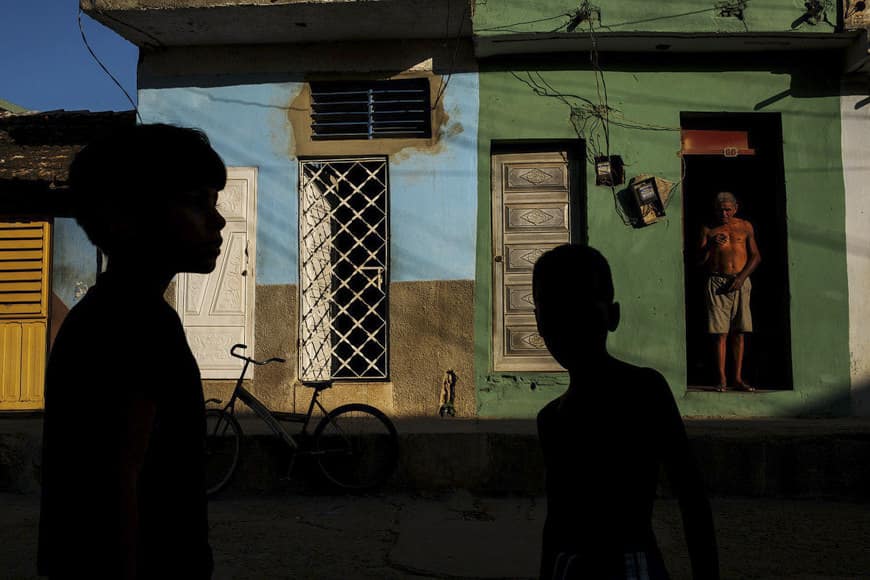
Up until now we have been using a selection of different cameras at weddings for various different reasons.
Our primary cameras for many years now have generally been our long-suffering Canon 5D MkIII’s – a good all-rounder with some beautiful lenses and interesting colour tones but a camera that is, let’s face it, starting to show its age a little and is far from perfect.
We’ve also just sold our Nikon D750 – another great camera but one that (for reasons we don’t have time to get into in this already fairly lengthy article) we found just wasn’t the one for us.
Alongside the Canon gear though Dom often uses her Fuji X-T1 (until it gets dark when its comparative lack of low-light capabilities starts to show) and Liam uses the Leica M240 which he adores but that also suffers from one-or two limitations that prevent him adopting it as his sole camera body.

We use (and love) each of these cameras for different reasons and for different circumstances but, like everyone else, we’re always dreaming of that one magical camera that just works exactly the way we want it to, and here’s the headline – the Fuji X-Pro 2 is undoubtedly the closest we’ve gotten so far.
We’ve interspersed this review with some examples of street photography shots we captured with the Fuji X-Pro2 during our recent Cuba trip, and late on some shots from a couple of recent weddings.
The Fuji X-Pro2 is definitely more discrete than your average DSLR and allowed us to get much closer to the subjects than we would otherwise have achieved.
Now obviously the Fuji X-Pro2 hasn’t been out that long yet and so we haven’t had the chance to put it through the rigours of a full wedding season where some of those inevitable hidden flaws might reveal themselves but we’ve now shot a fair few weddings with them (for most of which Dom has been using the X-Pro’s exclusively) and also had them permanently hanging from our necks over two weeks in Cuba.

So we feel we’ve got to know the cameras reasonably well in some, at times, pretty challenging conditions including some difficult lighting scenarios and feel we’ve put the camera through its paces enough to start to form one or two opinions.
The Good
Here are the things we love about the Fuji X-Pro 2.
ISO
We’re available-light photographers: we don’t use flash or additional lighting in our work and so, whilst ISO is far from the be-all-and-end-all of shooting in the dark, the ability to produce top quality images that are clean enough in very dark conditions is particularly important to us.
It’s one of the principal reasons that, regardless of any additional cameras we carry, we always find ourselves reaching for our Canon 5D Mark III’s for most of the action on the dance floor.
Always, that is, until the last few weddings where reverting to the Canon’s became suddenly unnecessary…
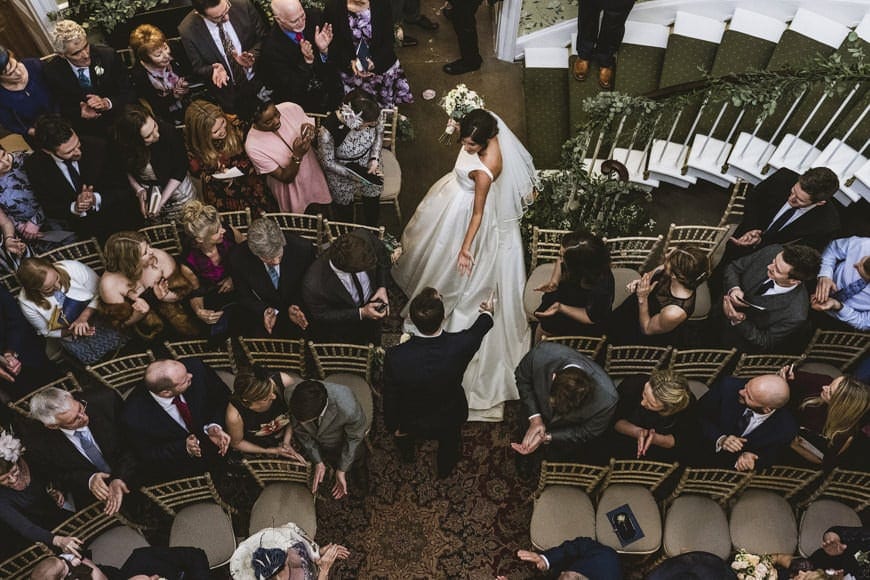
Now there are loads of reviews out there that will, we’re sure, provide you with all the detailed scientific ISO comparison tests of the Fuji X-Pro 2 that you could dream of so we won’t bore you or ourselves by repeating them.
So, just to keep things simple, you can click here or on the image below to download a RAW sample shot at ISO25600 to give you an idea of the grain.
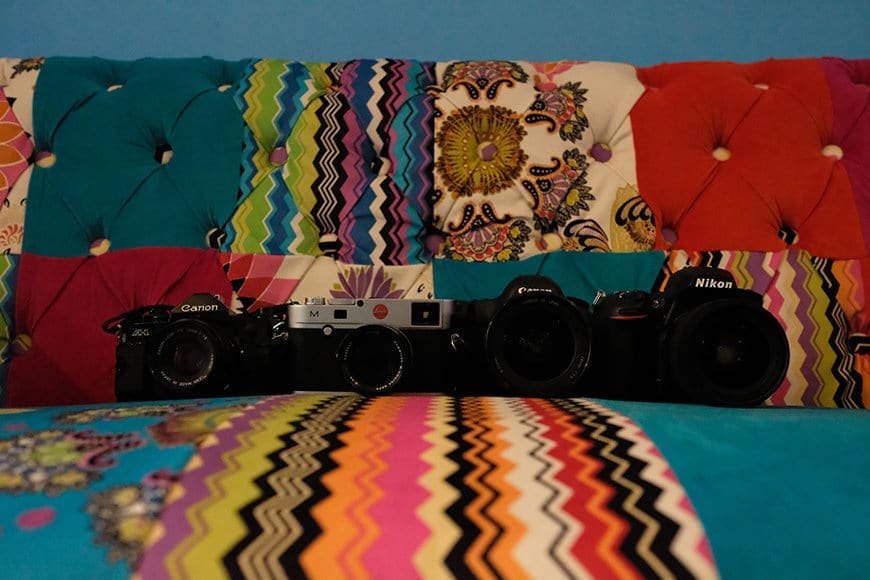
Fuji X-Pro 2 at ISO 25600.
ISO for Wedding Photography use
As for high ISO at weddings, here’s what we reckon you effectively need to know about shooting with the Fuji X-Pro 2.
For our money the Fujj X-Pro2 is much cleaner than the Canon 5DIII at high ISO’s – 3200 has a beautiful, film-esque grain that’s actually so nice that we might sometimes choose to shoot at 3200 even when not strictly necessary.
We’d scarcely hesitate to shoot at 6400 in any conditions we’ve come across with this camera so far and 12,800 is, to our eyes, perfectly acceptable for professional shooting in a lot of situations although it should be noted that by this point it’s definitely dependent on the available light and very much down to your own personal tastes.
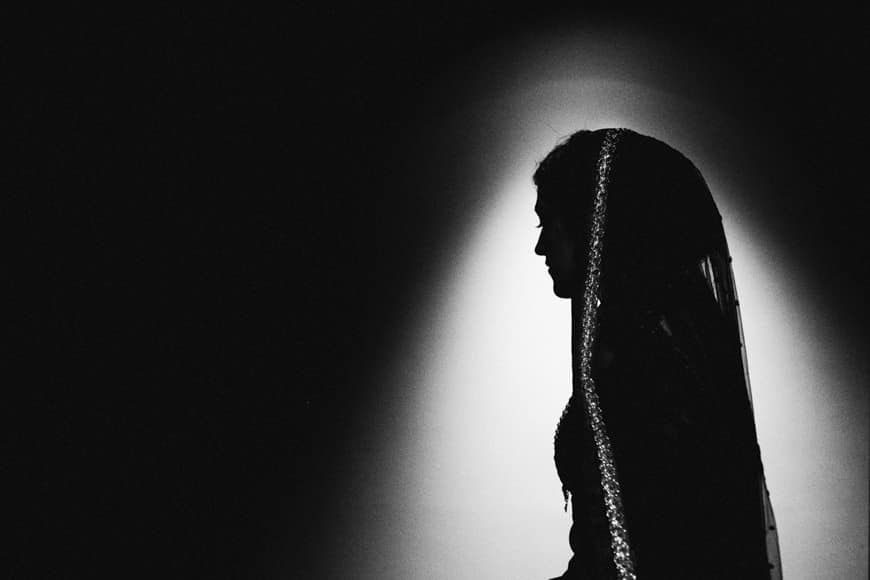
What is blooming marvellous about the ISO’s though is that like the highly rated Nikon D750 and Sony A7RII, the X-Pro2 is ISO Invariant.
What does that mean in real terms? Well we’d need to dedicate an entire blog post to explaining that principle fully and there’s already a perfectly good one here that explains it better than we could, but it effectively means that available to you are 5 stops of flexibility in brightening a RAW (or in this case a RAF) in post without the image falling apart.
Whilst we certainly don’t recommend relying on this and ignoring your exposures while shooting it does provide a huge amount of leeway back in the editing room if you decide you want to brighten or darken the overall look later.
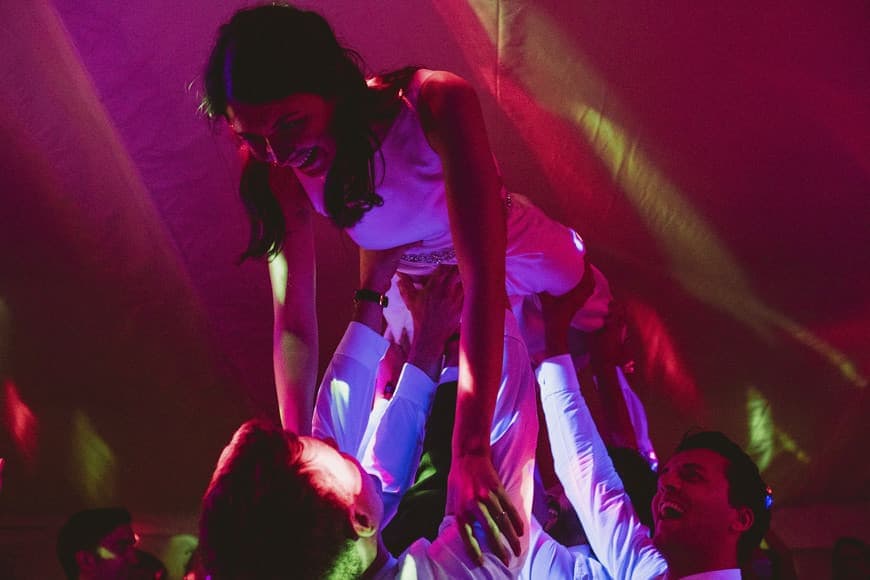
Overall we’d say that in terms of the flexibility granted by the sensor on the Fuji X-Pro 2, we’d rate the Fuji higher than the ageing Canon 5D Mark III but perhaps lacking a little of the range of the Nikon D750.
For these two wedding photographers, shooting with no flash right to the end of the night though, we’ve been very happy with how this camera handles dark and low-light conditions thus far.
5 stop under exposure test
Here’s a rather extreme example of what we’re talking about with the whole ISO invariance concept and the sensor’s capabilities.
The below image is 5 stops under exposed, captured at ISO 800.
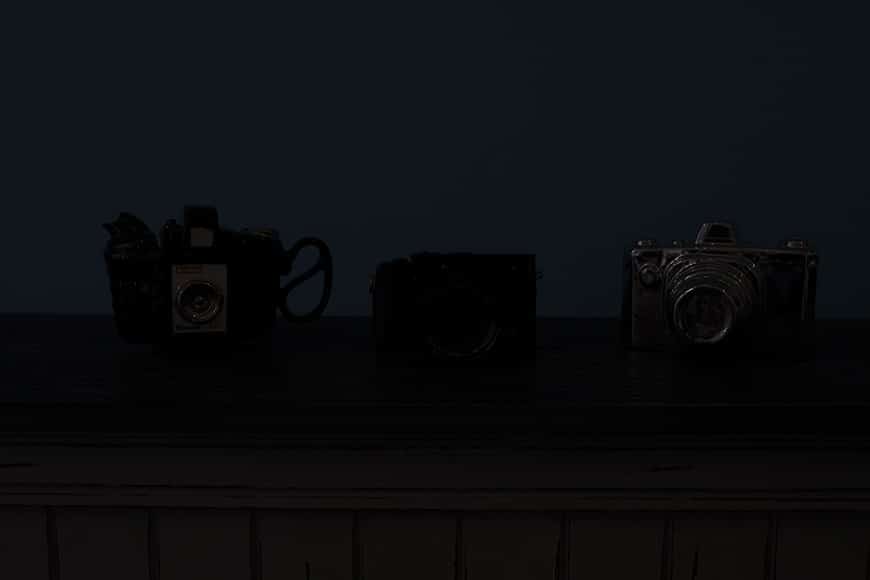
And below is the same ISO 800 image pushed +5 stops in post. We can’t see any notable increase in banding and it’s a totally usable image – more or less as if we captured it that way in the first place.
The Fuji X-Pro 2 is an amazing tool for recovering an underexposed image.
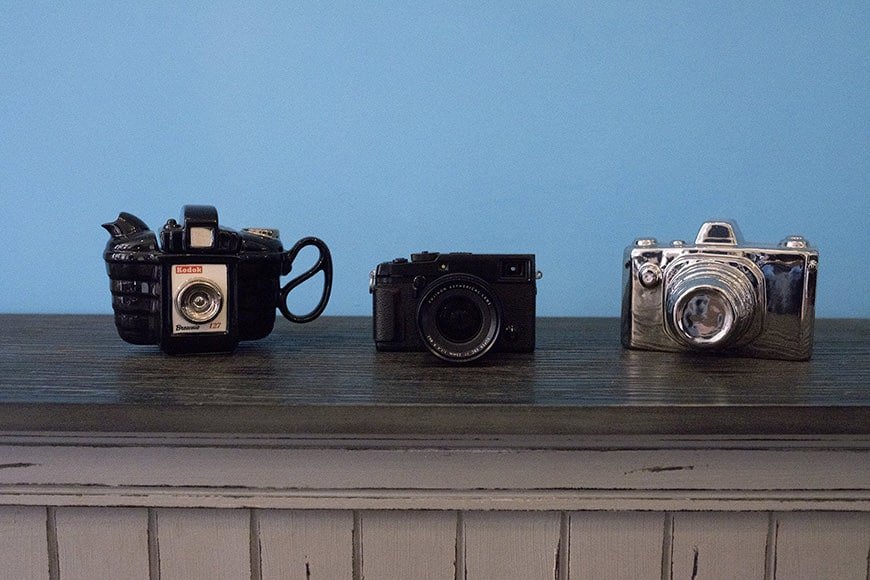
And here’s a little cropped version so you can see things in more detail.
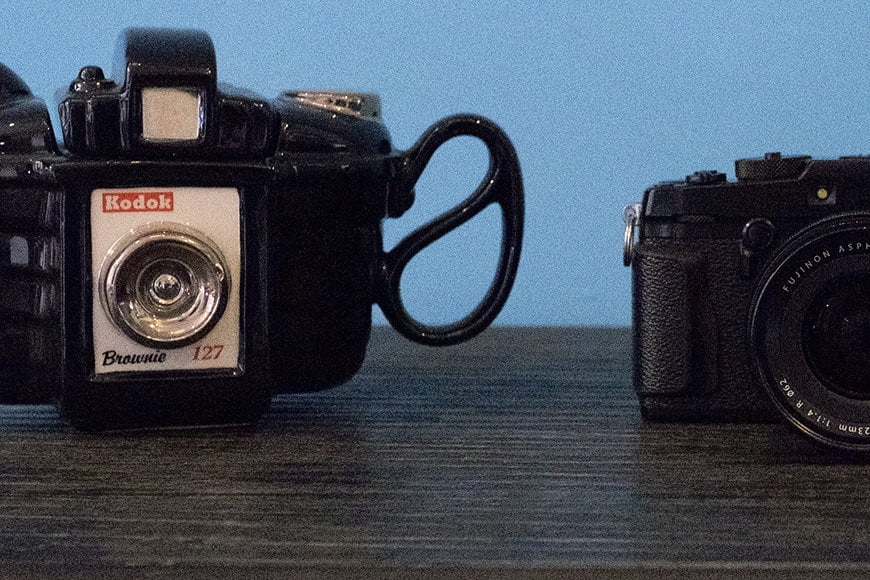
Focus
So lets move on to another area that usually presents problems in low-light – grabbing focus.
For anyone out there in search of the autofocus messiah we bear grave news: on those dark, patchily lit dance floors the X-Pro2 (particularly if you’re not using flash) is not the autofocus miracle-worker of your prayers.
It is however a major improvement over previous Fuji’s and generally pretty darn good. Indeed in some conditions (including one or two where the Canon’s really struggled) the focus is super-fast and truly impressive, but in others the Fuji frequently doesn’t feel like it’s really latching on quite as quickly as our DSLR’s (though only marginally).
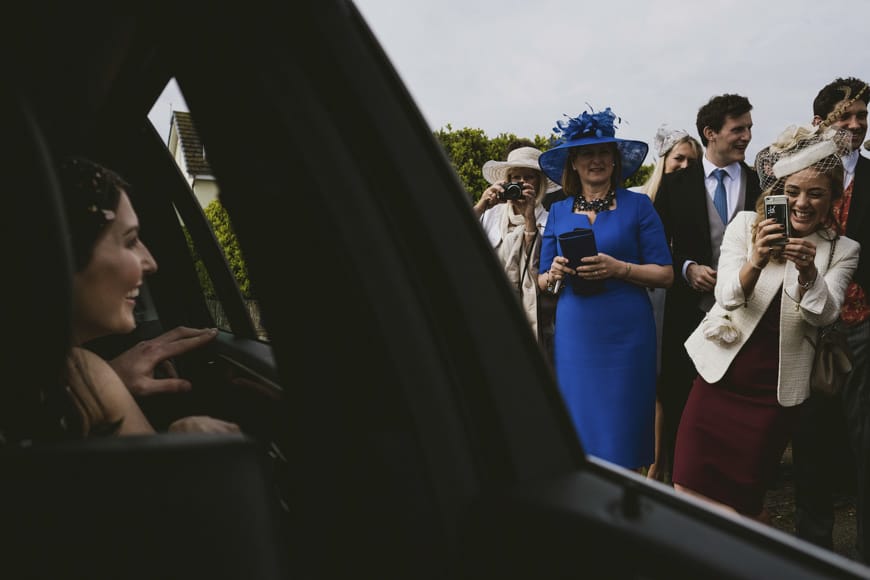
When it does latch on though there’s really no bullshit – if it says it’s grabbed focus it really has, whereas autofocus in low light conditions is sometimes something of a loose term on its Canon and Nikon rivals.
Another great quality of the Fuji X-Pro2 is that for this camera autofocus isn’t necessarily the only way of getting sharp imagery. Focus peaking with the Fuji manual / zonal focussing system really is superb and, along with the Fuji X-T1, definitely the best we’ve come across, particularly with the 23mm lens with which we shoot the majority of our street images.
Even by daylight the focus peaking (along with the beautifully clear hybrid viewfinder) is so good that we often find ourselves choosing manual over auto-focussing.
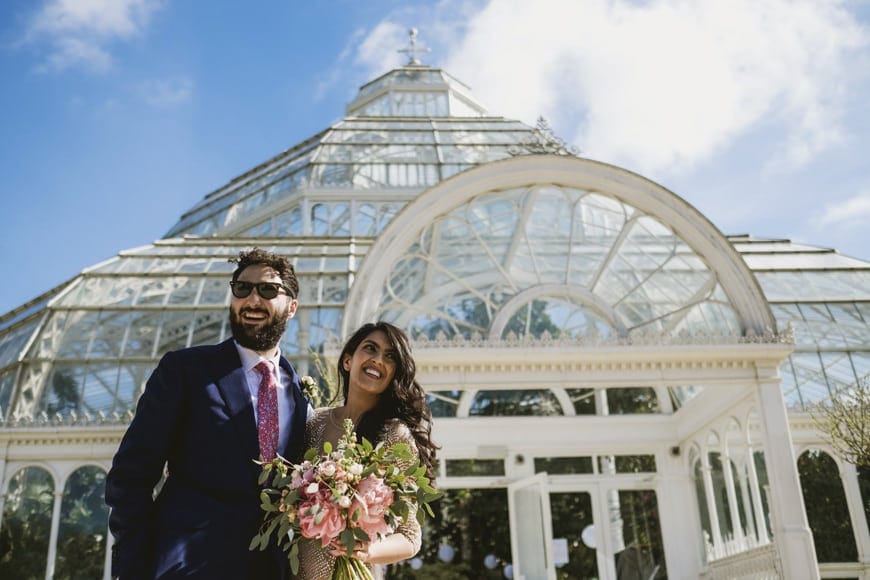
Having said that though, by daylight manual focus is definitely a personal choice rather than a necessity as whilst autofocus may occasionally struggle a little at night, in the bright light of day it’s the best of any mirrorless camera we’ve used and definitely very usable for wedding work. Provided that you’re using the right lenses… (see here for a guide to the best Fuji lenses.)
It’s one of those curious quirks that whilst our favourite Fuji lens – the Fuji 23mm f/1.4 – is super quick at focus-grabbing, other lenses like the Fuji 18mm f/2 don’t fare anything like as well.
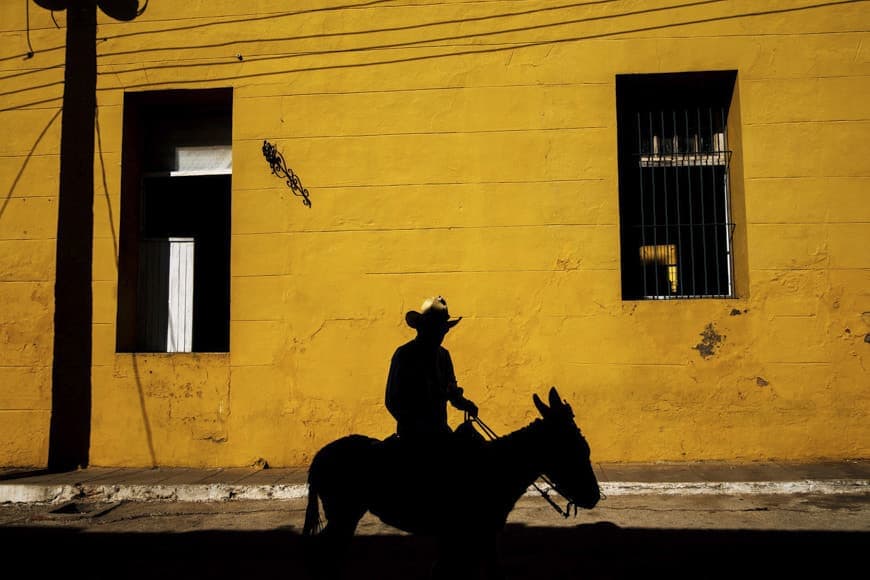
This certainly isn’t unique to Fuji (for example the Canon 85mm f/1.2 has always been super-slow to focus compared to its L-series 35mm cousin, whereas the equivalent Fuji 85mm [aka the Fuji 56mm f/1.2] is very quick and super sharp) but it’s still an annoyance.
With Fuji though the difference in focus speed is, we reckon, more marginal between the different lenses than we’ve found on some of the equivalent Canons.
A really great feature of the focus system is the beautifully ergonomic rear joystick which is so intuitive to use that with this camera gone are the days of physically having to move the camera around to focus and recompose.
You can just compose your shot and move the joystick with incredible ease to pick up your focus point, meaning that you never have to make those sudden re-composing movements that inevitably alert your subject to what you’re doing – incredibly useful for street and documentary wedding photography alike.
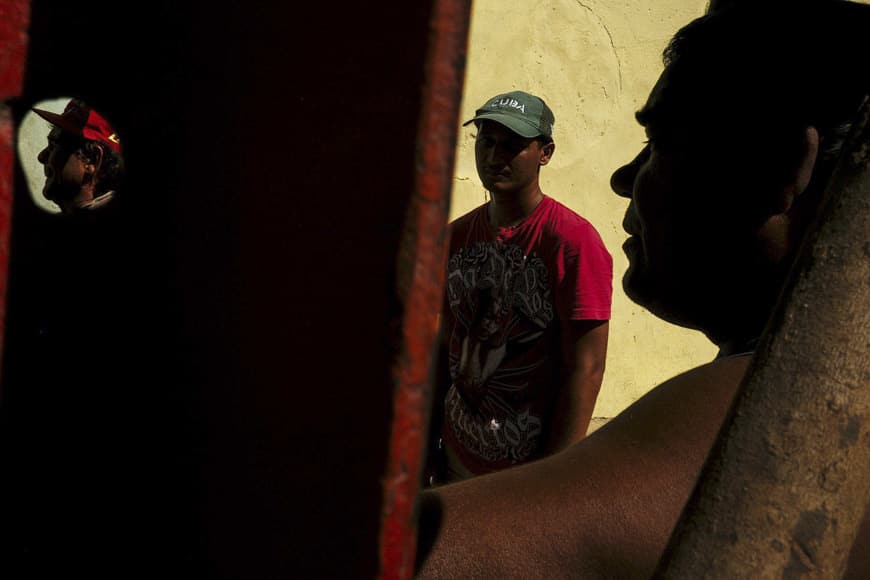
It may not be the first camera system to offer a joystick for adjusting focus points but it’s the first one we’ve actually found good (and fast) enough to use for professional work.
For all you back-button focus fans you also have the option to assign your focus control to either the AE-L or the AF-L button so there’s plenty of flexibility in customising the camera layout to your style of shooting.
It should be noted though that neither of these buttons would be considered ideally located… more on that later.
Oh, and by the way, there’s no anti-aliasing filter so your images are super-sharp!
Screen and Viewfinder
Speaking of custom setups let’s talk about what Fuji are marketing as one of the major selling points of this camera – the “Advanced Hybrid Multi Viewfinder”.
This is perhaps the clearest sign of Fuji’s intent to take on the DSLR market directly that we’ve seen so far and is definitely something that might start to peak the interest of even the most die-hard DSLR fans.
If you haven’t read up on this feature then let’s quickly summarise it for you: effectively you have the choice to instantly switch between a more traditional optical style viewfinder and either an electronic viewfinder or Fuji’s latest creation – the electronic rangefinder.

So let’s start with that rangefinder option. As we’ve previously mentioned, amongst the various cameras we use is our beloved Leica M240; part of the digital M series that defined the idea of a Rangefinder camera in a digital format.
So for any fellow Leica fans out there intrigued by that “Digital Rangefinder” tag we should probably make it clear that the Fuji has one or two similar concepts but an altogether different way of going about things.
From conversations about the X-Pro2 with fellow photographers it seems it’s actually a little unclear as to which aspect Fuji are classing as the “rangefinder” mode, but there are actually several features that could be considered similar to a traditional rangefinder.
Despite our love of Leica’s we’ve not actually yet found ourselves making regular use of these features so we’re not going to cover them in any great detail but let’s just quickly run through what they are:
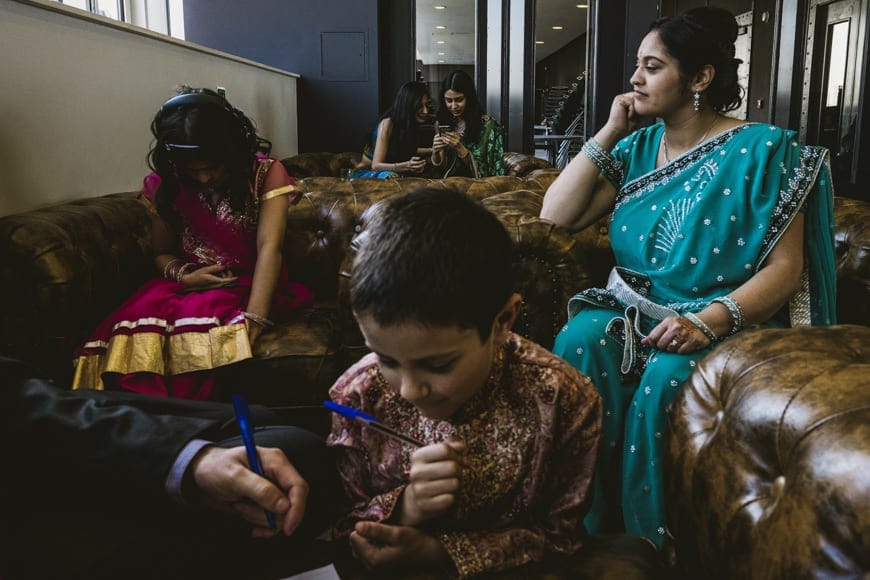
What Fuji appear to be pushing as the central ‘rangefinder’ feature is the ability to overlay a second, digitally magnified digital view of the image you’re looking at over the top of the optical window, making manual focussing through the OVF considerably easier to get right.
If you prefer an optical viewfinder then this could certainly be a useful feature and, as well as being a 2.5x or 6x magnified focus aid, it also affords you the chance to see your actual exposure via the digital image without having to switch to the full electronic display – arguably the best of both worlds.

The magnified view is not the only digital enhancement you can choose to view within the optical window. Various pieces of information can be digitally superimposed including a ‘range-finding’ display of the different focal lengths available to you – remember that this is a mirrorless camera so that optical window is not giving you a view directly down the lens, it’s a fixed optic and is actually showing you a view wider than your lens is likely to be shooting.
Having those guides therefore is more or less essential in showing you what you’re actually shooting. It’s also a useful way to see what other focal lengths might look like if you were to switch lens.
A third feature that might be described as rangefinder-esque this time resides purely in digital mode, with a split-screen view offering either a similar (but fully digital) second window magnification system to that already discussed, or alternatively a more Leica-like system of overlaying one image atop the other with a sharp focus being indicated when the two images perfectly align.
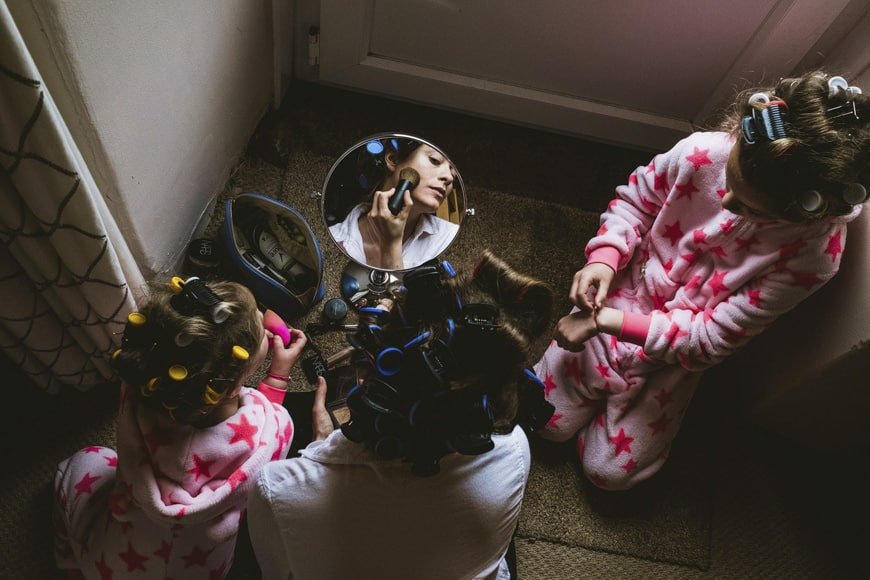
Whilst we can’t claim to have explored this feature expansively we did give it a little try during some pretty extreme dark conditions at a recent wedding and found that it quite remarkably actually allowed us to focus where, in the almost pitch-black, both autofocus and focus peaking had failed.
Fellow Leica users may indeed enjoy this part of the system, but for us so far with this camera it’s all about the perhaps more orthodox electronic viewfinder (EVF).
The EVF
The EVF on the X-Pro2 is definitely the best we’ve used and despite being long-term DSLR users and very used to shooting through an optical viewfinder, with the Fuji we’ve found the EVF is so good that we’ve so far rarely found a reason to shoot optically.
For die-hard fans of the DSLR shooting style though the simplicity of switching so quickly between optical and digital without ever taking the camera from your eye allows you to get the best of both worlds, enjoying both the advantages of seeing how your exposure (and even Fuji colours – more on that later) will look whilst still being able to flip back instantly to shooting in your preferred view.
Without doubt though the best feature of the EVF (and one of our favourite things about the whole camera) is the astonishingly fast refresh rate when shooting in burst mode.
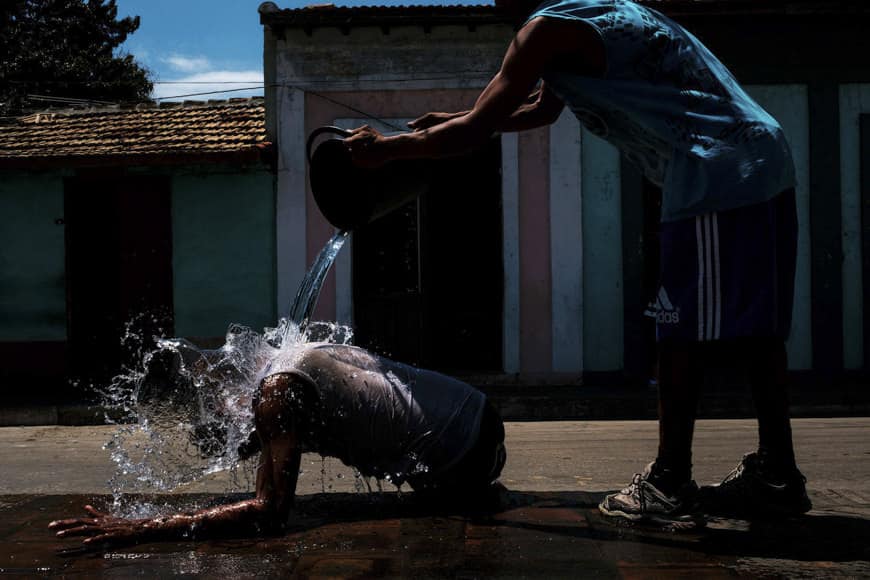
The burst mode itself is unbelievably quick and seems to just keep shooting and shooting – perfect for fast moving action. But, unlike any other digital camera we’ve ever used before, the viewfinder keeps right up with the pace, flashing the images before your eye so fast that you never feel it’s lagging behind and so don’t miss the ever-changing composure of the scene in front of you.
You can see things changing through the viewfinder, adjust your position and framing accordingly and keep shooting all the while.
We would all love to click the shutter just once with perfect timing on each and every shot but let’s face it, there are always occasions at weddings or on the street where the movement of the scene is going to be at least partly unpredictable and having the ability to shoot so fast whilst remaining fully in control of the shot is incredible.

Rarely does a new feature on a camera blow us away but the first time each of us tried shooting in burst mode our socks were well and truly blown off! (…an event that would have been captured in almost perfect real time if only we’d had another Fuji at hand to capture those foot-warmers flying through the air!)
‘Uncle Bob’
Another reason we love that EVF is just having the ability to play back your images through it instead of the screen without ‘Uncle Bob’ peering over your shoulder to see what you’ve been up to.
You may get one or two strange looks when a wedding guest observes you seemingly avidly taking photographs of the carpet tiles (no offence intended if carpet tiles are your thing!), but with such a sharp EVF and no distracting ambient light it’s a feature we use all the time to check we’re nailing focus.

The rear screen is great quality and, whilst it doesn’t have the articulated screen boasted by the Fuji X-T1 amongst others, quality wise it’s as good as any we’ve used.
Shooting Monochrome
Now we’re photographers that love a bit of colour and, whilst we do present a selection of our images in black & white, we generally prefer to make that choice in the edit rather than on the day of shooting itself.
Colour can, however, sometimes prove to be a distraction while shooting, particularly when you’re trying to zero in on one particular element of the shot.
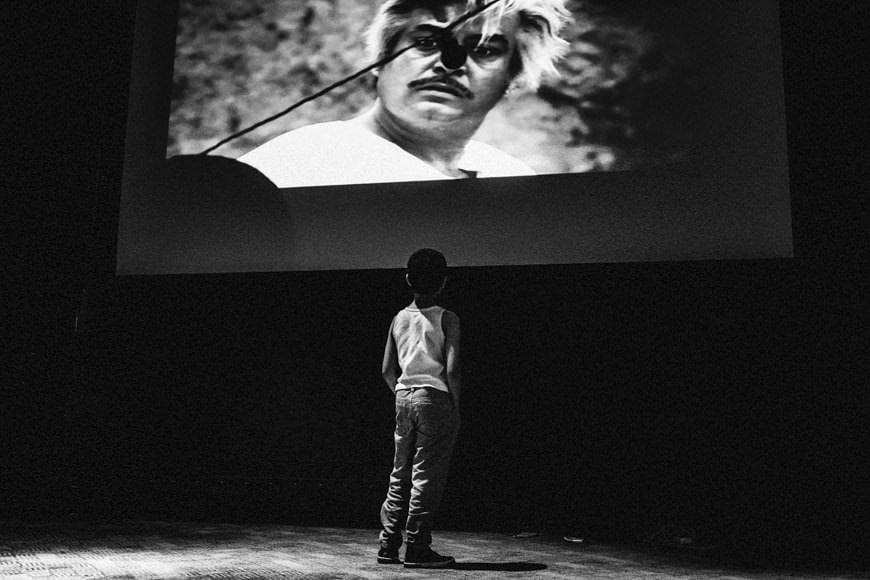
That’s why the ability to switch into black & white on the electronic viewfinder whilst still producing a final colour image once you get it into Lightroom can (and has been) extremely useful.
Boot-up speed
One problem a lot of mirrorless cameras suffer from is boot-up speed. When you’re at a wedding or on the street searching for moments that can happen in the blink of an eye you want to be able to flick the camera on and take a picture immediately but there’s often a lag as all those digital elements fire up.
With the Fuji X-Pro2 we’ve found boot up speed (particularly with fast cards) to be very good, and whilst the screen sometimes lags very slightly behind the rest of the camera and loads last, we’ve found this doesn’t actually stop you from taking a picture before it’s fully loaded which is great.
Silent Shutter
When speaking to our videography team about how they work with us and other photographers one thing commonly comes up – the sound of nearby clicking shutters can be a huge audio headache for videographers that they really wish we photographers could do without.
Their annoyance though is nothing compared to many of the vicars who are more than willing to banish a photographer from the church at the mere hint of a clicking shutter interrupting their sermon.
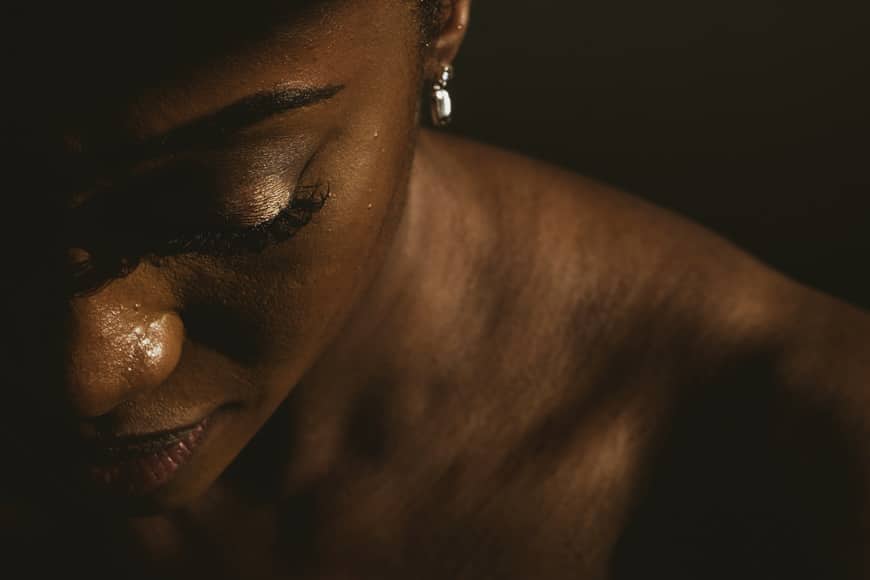
Thankfully the Fuji X-Pro2’s silent shutter really is just that – silent. And whilst silent shutter has an annoying tendency to distort shots featuring fast moving subjects it’s still an incredibly useful feature to have when capturing a more static scene and in particular when trying to get a shot without drawing any attention to yourself.
Size and Weight
If you’ve ever carried two full-blown DSLR’s on your person (armed in our case with heavy Canon glass) for an 18+ hour day you’ll know that weight quickly becomes a bigger and bigger deal as the day progresses.
Even with two Fuji X-Pro 2’s, all the batteries you can fit in a bag and a few spare lenses thrown in for good measure the low weight of the Fuji’s is an absolute joy.
That low weight also makes it an easy camera to hold in uncomfortable positions for long periods and its small size makes it infinitely more manoeuvrable than a clunky DSLR.
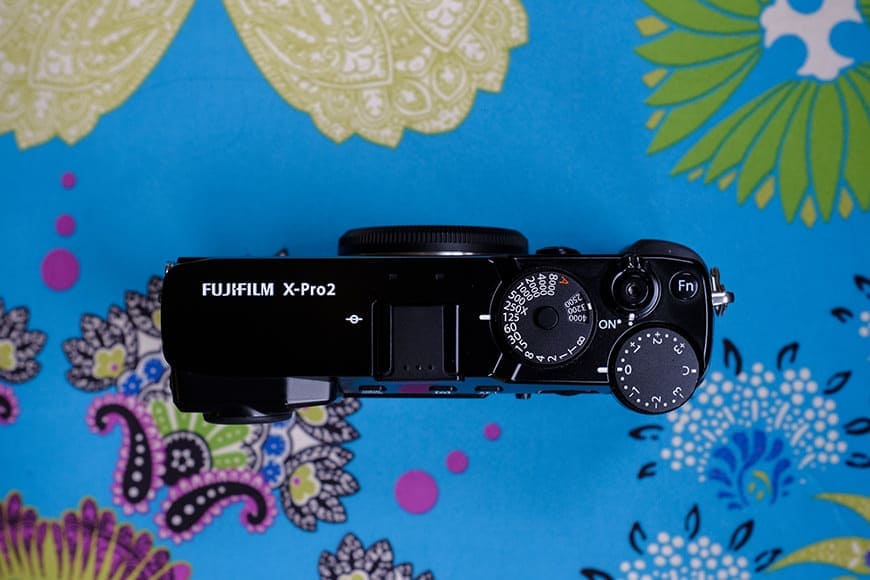
It’s also a much friendlier looking camera to wedding guests (or particularly street subjects) and we find we can get shots with this camera that people would simply walk away from if we instead pointed a great big DSLR in their faces.
Not only is the camera itself friendlier but we also find that with the Fuji X-Pro 2 we can carry everything we need in our tiny ONA Bowery bags (which for Dom looks just like a small handbag!) rather than carrying the huge rucksacks or shoulder bags that are often the hallmark and dead giveaway of the pro shooter.
Dual SD Slots
One big reason why we had never really felt we could seriously consider switching fully from DSLR to mirrorless for wedding work is the lack of dual SD card slots. There are no second chances at a wedding if your card fails on you and you can’t simply shrug your shoulders and chalk off those shots.
For us having a redundant backup of everything we take provides that essential peace of mind throughout the day.

Similarly if you’re looking to use the in-built colour profiles to try to capture your shot as JPEGS and avoid any post-processing work but still want the flexibility of a RAW backup (or vice versa) just in case, you can set up the two slots to write to the cards in different formats.
Weather Sealing
We work primarily in the UK – bad weather shooting pretty much comes with the territory and we never back out of a good shot just because of a little rain no matter how hard it’s coming down.
Having a weather-sealed body is a big advantage and means you can get soaked without worrying about whether your camera is still going to be able to take the next shot.
Colours & Post-Processing
We’ve always loved Fuji’s in-camera colour profiles and we know many a photographer who has been seduced into shooting JPEG rather than RAW on Fuji cameras in order to take advantage of Fujifilm’s rich experience and history with film and colour.
Finally though Fuji have brought these amazing colour profiles to RAW shooters in the form of replica colour simulations that can be applied in Lightroom or pretty much whatever post-processing software you use.
This means that if you want to see the image in camera (more or less) exactly the way it will look as a finished product you can now choose to shoot in the colour profile of your choice in camera and bring that colour back to the RAF files in post with that added flexibility that raw images bring to the table.

Personally (for now at least) we’re currently shooting in the standard flat profile (in part because we’re still using a combination of different cameras) but the images shown here from the streets of Cuba are all processed entirely using Fuji colour simulation with only minor tweaks to contrast.
The general colour simulations on the RAWs are perhaps not quite as perfect as with the JPEGs but they’re still a beautiful thing and, as far as we’re concerned, way better than any standard camera profile by any other manufacturer.
You can select your favourite fujifilm simulation from the camera profile drop down menu when you open a file in Photoshop.
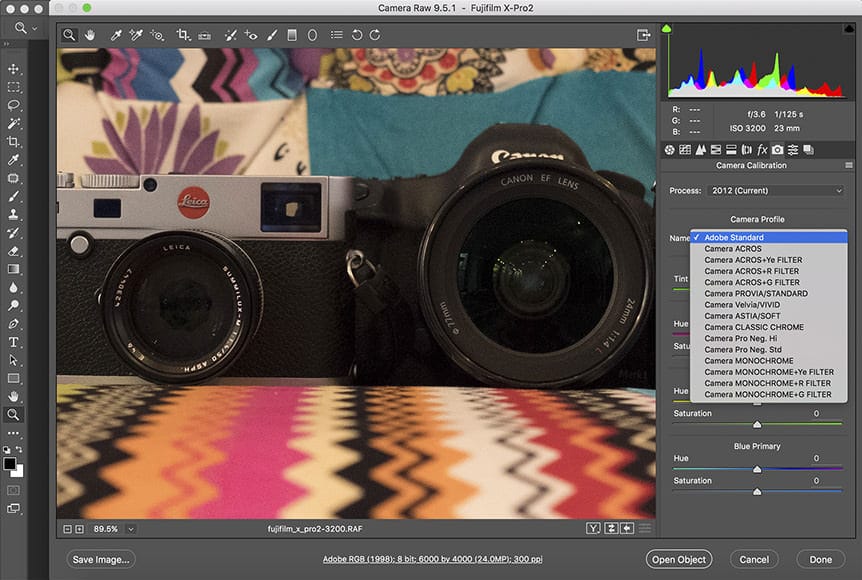
What with the ISO invariance, beautiful colour simulations and the great quality and resolution of the RAW files we’ve found the files from the Fuji X-Pro2 to handle just like, or better than, those from the Canon 5D MKIII and are very forgiving if you don’t quite nail that exposure in camera.
The Bad
Here are the things we don’t love about the Fuji X-Pro 2.
Battery Life
Firstly Battery life on the X-Pro2, as with many Fuji’s before it, is poor compared to a DSLR and if you’re shooting weddings you’re going to eat through those batteries. We shoot fairly intensively and for the weddings we’ve photographed so far with the Fuji’s we got through at least 4-5 batteries per camera.
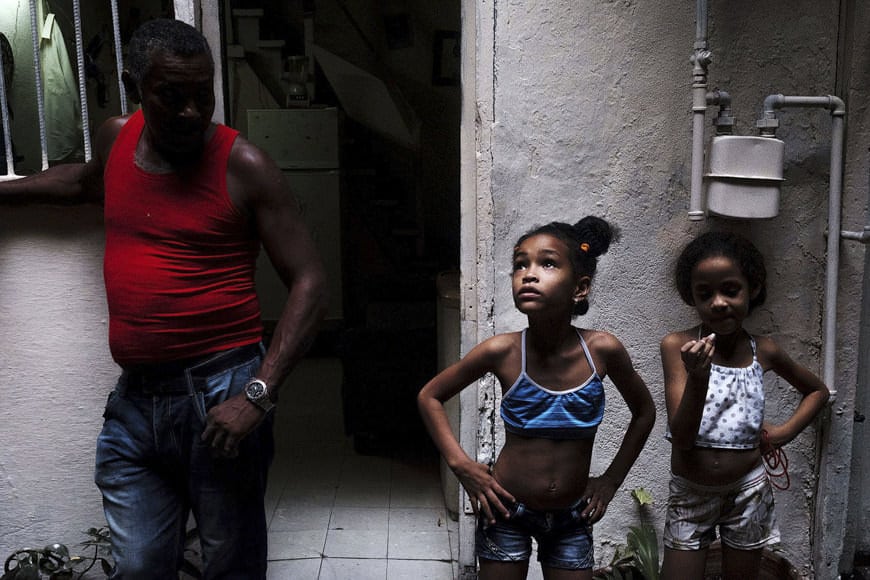
Aside from obvious cost implications it’s not necessarily that big a deal – the batteries are small and light so won’t cause you too many problems on that side, but it’s definitely an annoyance. What is a big deal though is the battery level indicator – much like the Fuji X-T1 before it we found that battery level frequently went from 3 bars to two bars to dead without warning.
It’s not every time and so far seems to happen less frequently than it did on the Fuji X-T1 but it does happen enough that we don’t feel we can trust the battery after it hits two bars and so have to always change it at that point which reduces battery life even further.
Internal Clock
Secondly (and we accept this one is going to sound incredibly minor but we’re quite frankly bored of it) is pretty please Fuji could you allow us to set the seconds in the internal clock.

It may seem pretty irrelevant (and it’s been a feature throughout every Fuji camera we’ve ever tested) but when you have two photographers with two cameras each to sync and you want to import your images in time order, not having control of the seconds timer makes it unnecessarily awkward to sync them up quickly. Please sort it out. Sorry, bit of a personal bugbear there!
ISO Dial
Thirdly and definitely our biggest annoyance with the Fuji X-Pro 2 – the setting of ISO’s. First though allow us to provide a little context…
We’re big fans of the physical design and engineering of the Fuji X-Pro 2 – the styling is subtle but reminiscent of some of many of what we’d consider the classics of modern camera history and it feels solid yet comfortable in the hand.
The Fuji X-Pro 2 handles like a classic too, with the lens-based aperture ring a joy to use and the shutter speed dial well placed and easy to handle even with the camera to your eye. Pulling upwards on this dial tidily turns it from shutter speed to ISO selection, keeping things nice and simple and all in one place – great! So what’s the problem?
The issue (aside from it feeling uncharacteristically flimsy and breakable) is that whilst this method of ISO selection works great a lot of the time, it’s really quite difficult to operate the pull-up function with your eye to the camera.
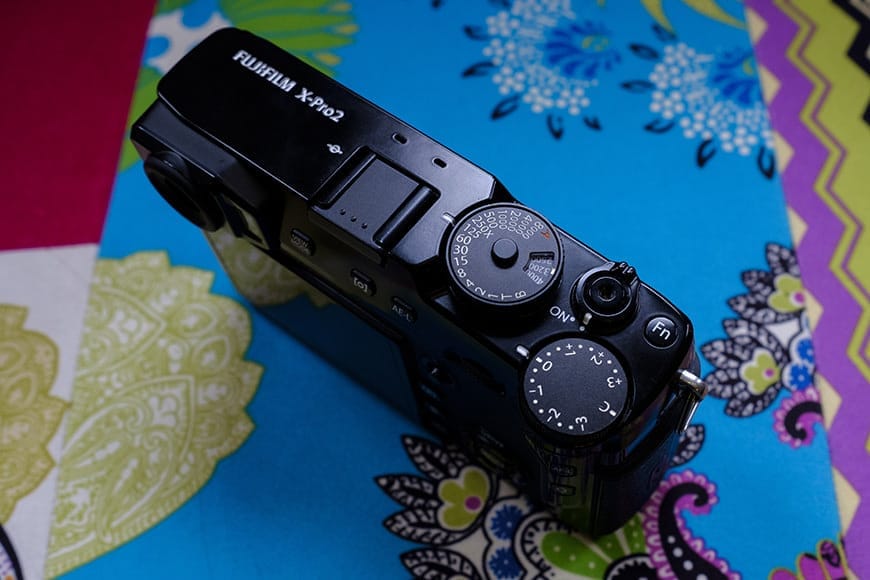
Again most of the time that’s not a problem for us – we don’t generally change the ISO frequently enough for it to be hugely problematic to move the camera briefly from our eye to change it, but it does become a BIG issue when it’s dark and, not being illuminated in any way, you can’t physically see the dial to know what you’re setting it at.
Even if you suffer from bad eyesight and don’t wear your glasses while shooting it could be a big issue. This isn’t the first camera we’ve tested that suffers from this sort of design oversight but as far as we can recall it is the first time on a digital camera that we’ve not been able to find an alternative way to set the ISO via the nicely illuminated menu screen.
Weddings are fast-paced events and missing a killer shot because you’re still fiddling with the dials to see if you’re at a usable ISO is basically unacceptable. We can only hope that a firmware update to solve this particular issue is on the way.
Menus
We mostly found the menus reasonably user-friendly and easy to navigate (if such a thing as an easy to navigate menu in a camera actually exists!), but as ever there are a few exceptions.
Aside from the lack of ISO options in the menu that we’ve already mentioned and a few other features that seem bizarrely hidden it’s also strangely difficult to find the formatting card option.

Whilst this definitely means you’re unlikely to accidentally wipe your card without meaning to (which is to be fair more important than speed of formatting when you do actually want to) it is still a very minor annoyance for us.
As it turns out there is in fact a shortcut for this but it’s again not exactly an obvious one for those (like most of us) unwilling to trawl through page after page of manual to find it.
Ergonomics
The ergonomics of the Fuji X-Pro 2 are mostly a thing of joy. It feels much like a classic rangefinder camera – solid yet comfortable in the hand, the balance is good and the controls are, on the whole, well placed and flexible in their reassignment.
As with every camera there are still one or two problems though – we’ve already mentioned the obvious issue with the ISO dial for one, and the exposure compensation is also rather too easy to knock accidentally while shooting… why this dial isn’t lockable we’ll never understand.
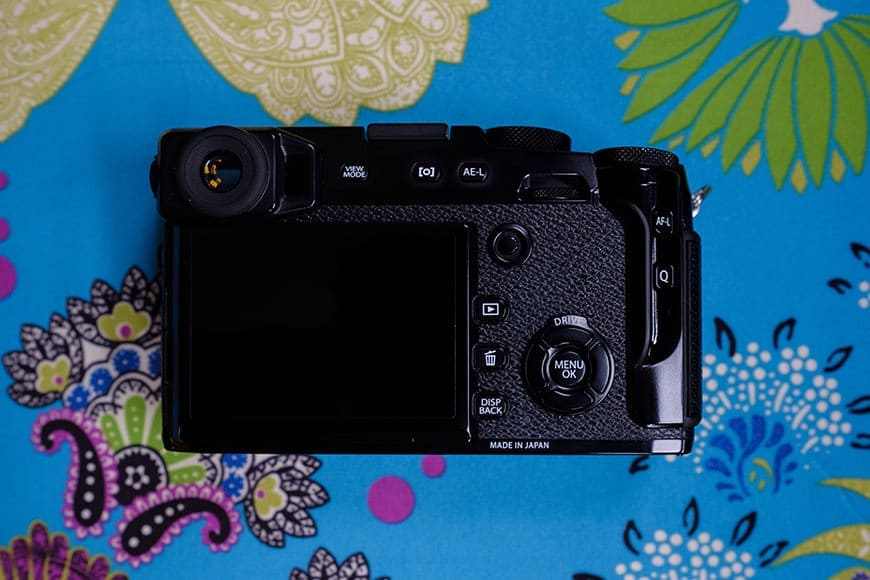
In fact at our last wedding we found that if, like us, you shoot with two cameras using a harness system (in our case the Holdfast MoneyMaker), various other custom buttons can also easily get knocked throughout the day so we ended up having to be careful to make sure the camera was turned off when hanging by our sides rather than actively in our hands.
In the end we disabled one or two custom buttons to avoid this and it may be that an adjustment to the camera’s position on the harness would get around the problem but it can be a minor issue.
We also wish the AE-L button was positioned further to the right and more pronounced but this is still a fantastically well designed camera and has fast become one of our favourites to hold and to use.
Video
As we said from the very start this is only a review focussing on the ways we use the camera rather than every single feature so we’re not going to look into the video capabilities of this camera in any depth. For the sake of thoroughness though we handed it to our video team for literally five minutes…ok maybe six.
Here’s what they came back with…
“Whilst plenty of Fuji cameras have a video option of sorts it’s an area they’ve been notoriously uncommitted to in the past. The lack of specific marketing of the video features of the X-Pro2 suggests it’s still hardly part of their key focus. On an initial look that theory seems confirmed – there’s no dedicated video record button for example and, as far as we could tell, once you do figure out how to get the camera rolling there’s no way to change most settings without first hitting stop which is pretty far from ideal.
There are also very few video orientated settings, frame rates or the now standard LOG mode used frequently on other systems. At a quick glance though Fuji’s latest effort looks like a huge improvement on their previous cameras – the quality looks good and nice and sharp and the capacity to use Fuji’s colours is definitely a huge draw to this camera.
Overall it seems like a perfectly capable machine if you’re a stills shooter who occasionally wants to shoot bits of video but it’s unlikely to encourage many pro videographers to switch to Fuji from the likes of Sony and Canon just yet. ”
Conclusion
So what do all these pros and cons add up to? Is the Fuji X-Pro2 worthy of the hype and, going back to our original question, is this in fact the perfect camera for all wedding and street shooters?
Well no. We can’t claim that the Fuji X-Pro2 is the perfect wedding and street camera. It’s certainly not going to be to everyone’s tastes and is far from perfect in many ways.
But what we can tell you is that regardless of the little annoyances we were impressed enough with this camera after five weddings and two weeks in Havana for Dom to finally make the switch completely from two DSLR’s and a Fuji X-T1 to just two Fuji X-Pro 2’s.
Another 4 or 5 weddings later and Liam is also now shooting primarily on the Fuji X-Pro2 (although he wasn’t about to give up that Leica!). It’s relatively early days but so far we’re both loving the Fuji X-Pro 2.

For us a camera is not just a sum of its tech specs, it has to have that unquantifiable X-factor that just makes us want to pick it up and shoot with it. The Fuji X-T1 had it for personal work (and a lot of our street work) but lacked a few too many of the features we look for when shooting weddings.
The Fuji X-Pro2 though fills in the gaps and for us is simply a joy to use both professionally and personally.
There’s a famous saying “The best camera is the one that’s with you”, and this is a camera that we not only can carry with us all the time thanks to its small size and low weight, but is one that we actually really want to carry with us wherever we go because we simply love to shoot with it.
In an increasingly saturated camera market that, for us, is still a rare thing indeed.

The Fuji X-Pro2 is a great street camera with its subtle styling, stunning colours, fast shutter, swift and accurate focussing and its fantastic EVF.
For weddings it inevitably comes down to your own personal tastes but for us it (so far) has pretty much everything we’ve been looking for.
We’ve tried out a lot of cameras in our quest to find a suitable heir to our trusty Canon 5D MKIII’s and when we read the Fuji X-Pro2 specs it was the first time a mirrorless camera had ever really been in the conversation.
Well, for now at least, the conversation is over and the Fuji X-Pro 2’s are safely packed in our bags ready for the next wedding.
Guest review by Yorkshire Wedding Photographers York Place Studios | www.yorkplacestudios.co.uk





